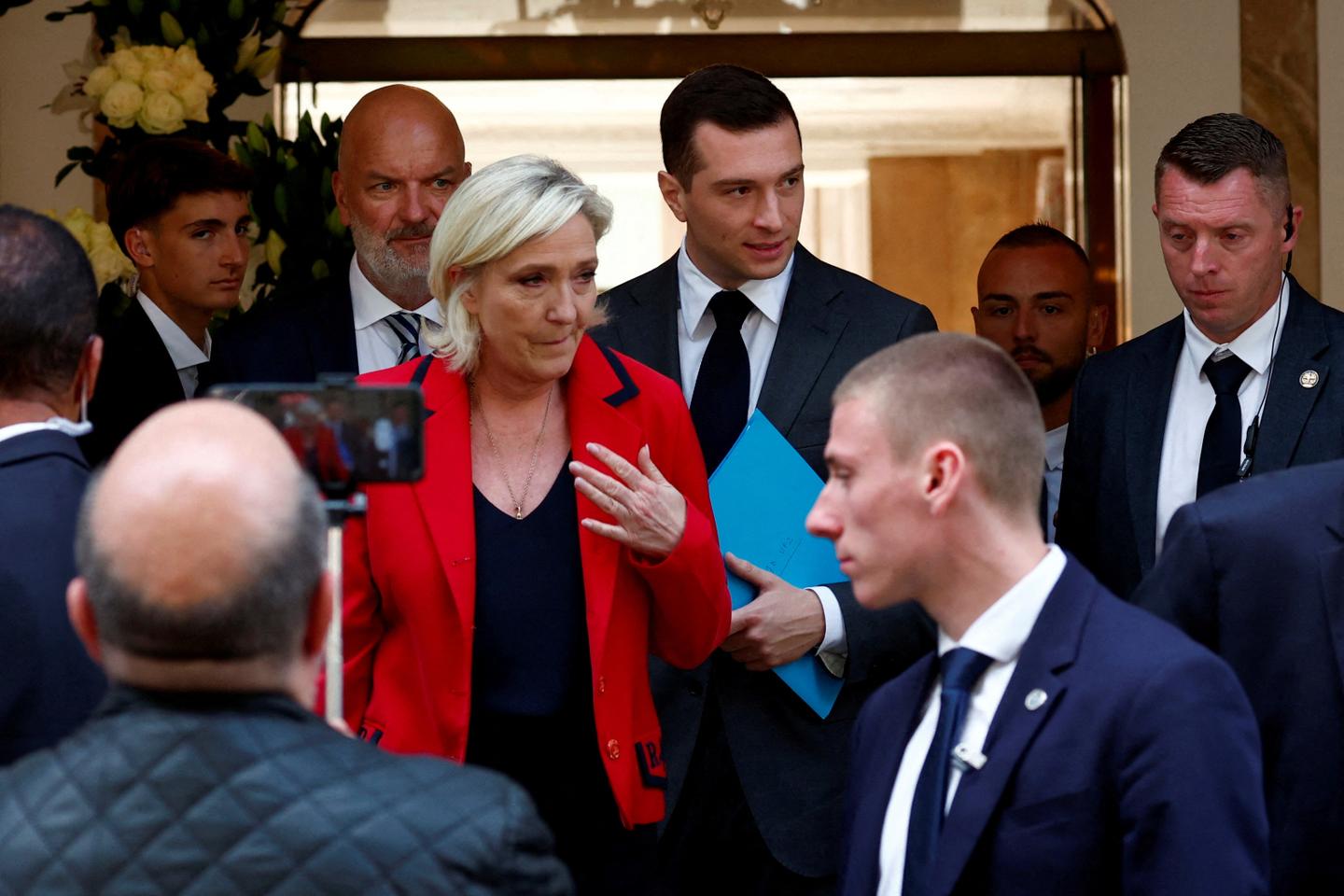The biting, erotic irony of a unique body of work – Technologist
Tom Wesselmann can be legitimately disconcerting. His paintings are sometimes risqué, almost verging on pornographic. Almost, because the artist, a man of great subtlety, knows how to plant vice in the viewer’s mind rather than in the artwork itself, which operates through allusion. Rest assured, the paintings on show at the Fondation Louis Vuitton in Paris until February 24 are, at worst, a little naughty.
One of Wesselmann’s former assistants, Jeffrey Sturges, who now manages exhibitions for the artist’s estate, recounts in the Foundation’s catalog what he knows about the artist’s early career. Wesselmann was so impressed by Willem De Kooning’s painting in his youth that he decided to go against the grain: “I wanted to find a way that in a sense was the opposite of it. De Kooning worked big; I’d work small.” That’s just what he did, with formats so small they could fit on his lap, allowing him to work almost anywhere, which he did. Everyone agrees on one point: Wesselmann worked everywhere, all the time, until his death in 2004 at the age of 73.
Born on February 23, 1931, in Cincinnati, Ohio, he had minimal exposure to the world of art. He discovered drawing during his military service, where he was extremely bored. Besides the caricatures he created, his only moment of happiness came from learning how to interpret aerial photos: he was taught to read, and even better, to decipher an image. This revelation encouraged him, after his service and likely thanks to the GI Bill (a scholarship available to military veterans), to return to university, first in psychology, then in art.
He proved so talented that he was granted admission to the renowned Cooper Union in New York City, one of the best schools of the time. There he learned drawing, design, painting, architecture and art history. While he practiced cartooning and caricature, he was also immersed in the vibrant New York art scene. It was during this time that he discovered Elegy to the Spanish Republic, 108 by artist Robert Motherwell at the MoMA – a moment that deeply moved him: He wrote that he “felt a sensation of high visceral excitement in his stomach, and it seemed as though his eyes and stomach were directly connected.”
Refusal of commercialization
After several years of searching for his style, his highly developed sense of irony led him to make another bold shift. Around him, people spoke of the “great American dream,” and praised the “great American novel.” From his tiny paintings, he decided to create large American nudes, which became his first trademark: This series of Great American Nudes was simply a tenfold enlargement of his earlier sketches. As Cézanne once said: “A kilo of green is greener than half a kilo!” The same is true for formats; a large nude is larger than a small one.
You have 51.05% of this article left to read. The rest is for subscribers only.


